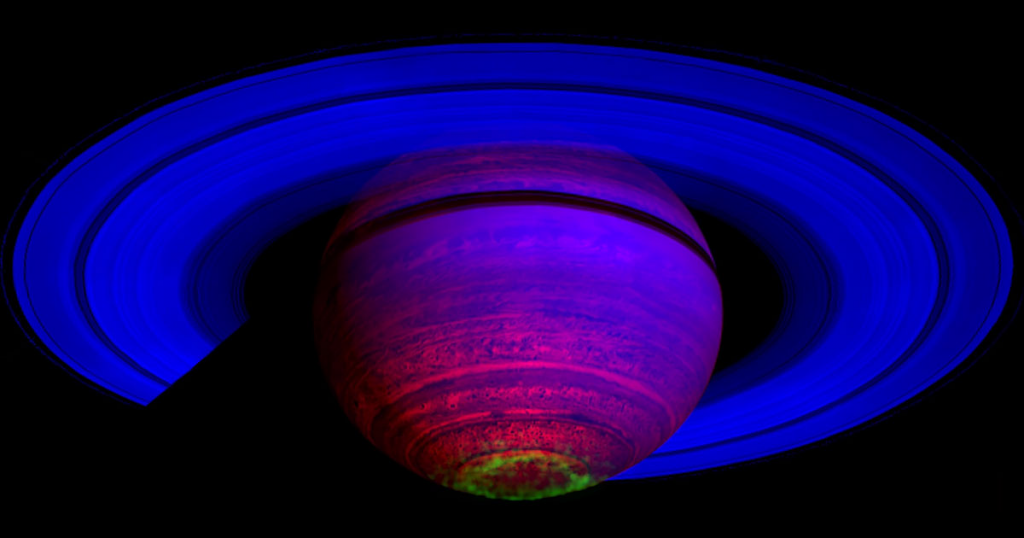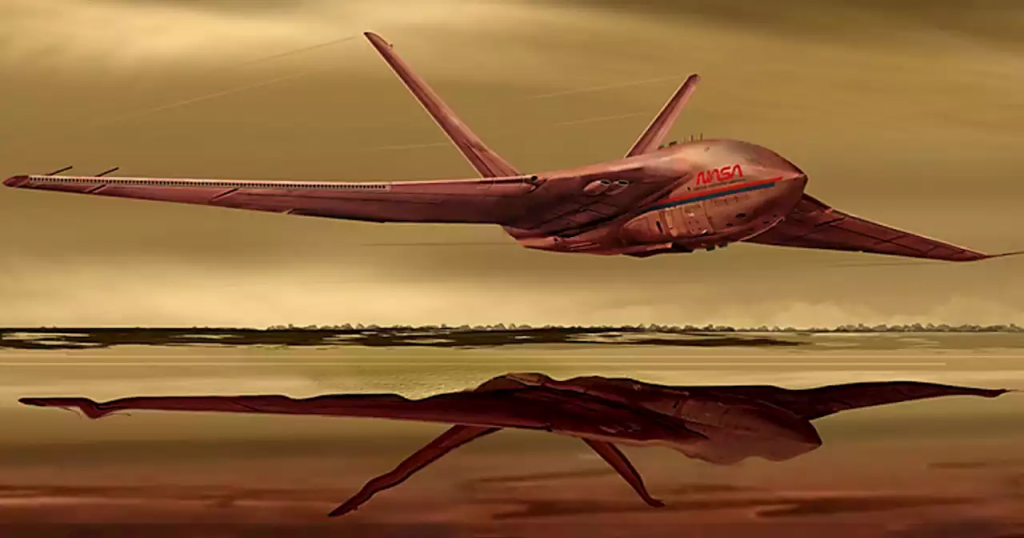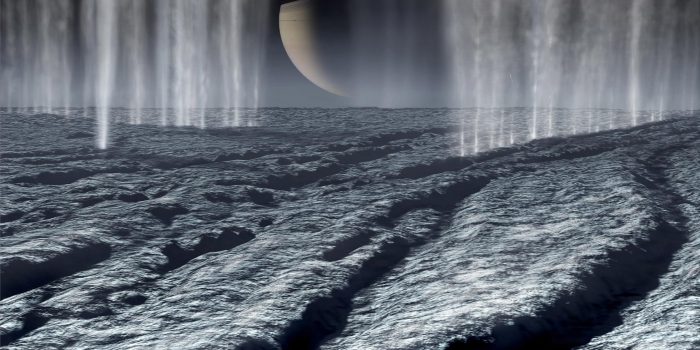NASA’s Innovative Advanced Concepts (NIAC) program has explored some very bold concepts over the years. Let it be giant radio telescopes on the far side of the Moon or interstellar object-chasing “orbital slingshots”, it has dealt with them all.
Once again, the agency has come up with some unique and amazing concepts.
Among these bunch of awe-inspiring thoughts, the latest round of issued NIAC grants includes an autonomous “lake lander” aircraft called the TitanAir. It is developed to skim over the liquid methane lakes of Saturn’s icy moon Titan.
Right now, it is just one of the possibilities and exists only in theory. This development has made scientists dream of futuristic ways to search through the deepest depths of the solar system. This also reinforces the agency’s off-world flight ambition after the resounding success of its Mars helicopter, Ingenuity.

The TitanAir concept is designed to not only surf Titan’s cryogenic liquid methane and ethane lakes but also developed to collect samples by floating on the surface like a boat.
In 2006, NASA’s Cassini-Huygens space probe first detected the long-suspected lakes on Saturn’s largest moon. The images captured depict Great Lakes-sized bodies of liquid hydrocarbons, indicating that the moon holds way more oil and gas in that form than Earth does.
The amphibious craft would have to tolerate some extremely inhospitable conditions. Temperatures can drop to -290 degrees Fahrenheit on Titan!
NASA has previously considered multiple concepts to explore the surface of Titan over the years. This includes a robotic submarine that can be fully submerged in the moon’s icy lakes.

Fortunately, we may be able to see the moon’s surface long before the development of a flying boat. In 2019, NASA announced it will send a robotic rotorcraft called Dragonfly to Titan as soon as 2027.
However, flying on Titan will be different from Ingenuity. Dragonfly — and any of its successors — will not only have to survive hugely cold temperatures but also massively high atmospheric pressure, which is approximately 60 percent greater than on Earth.


